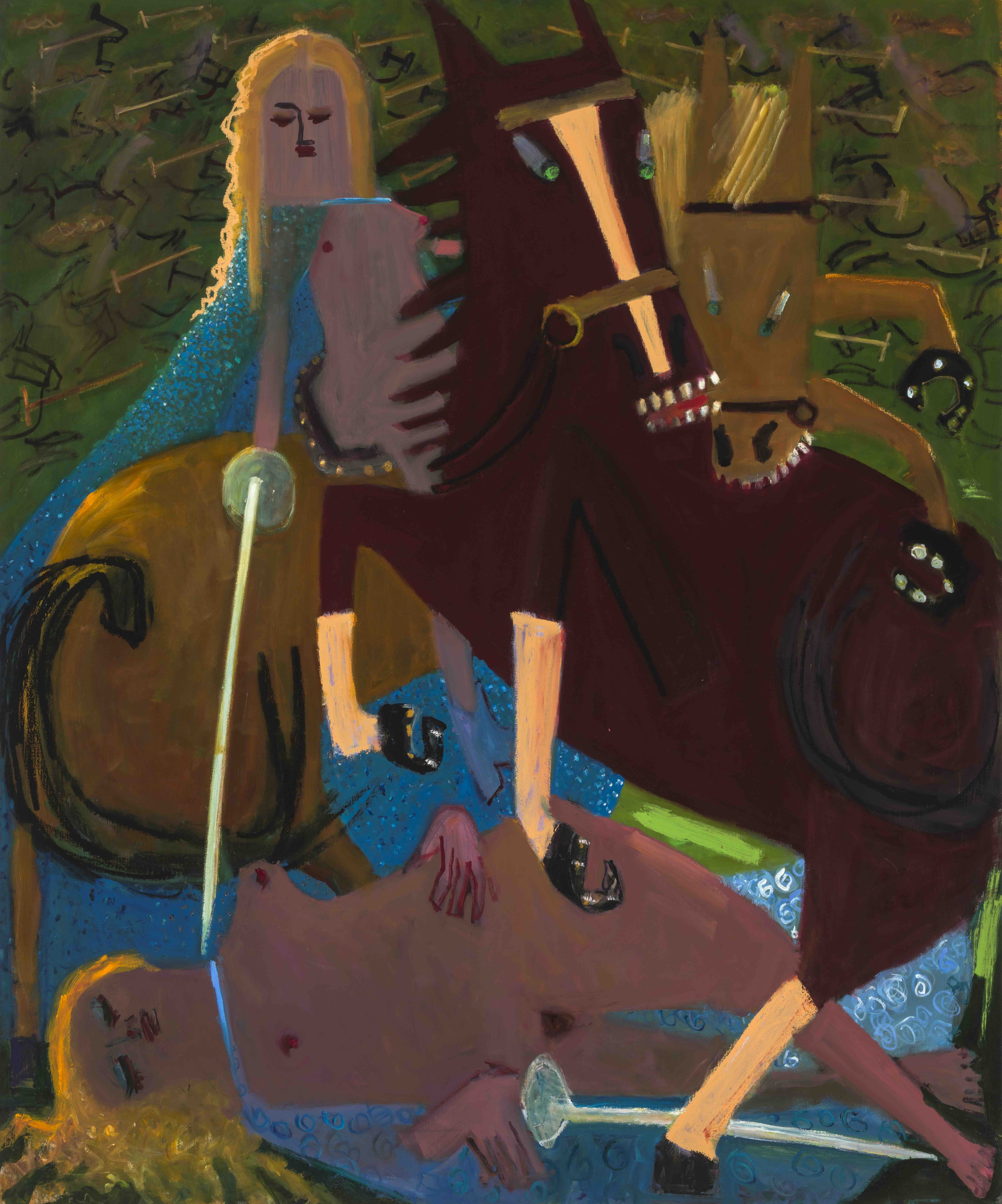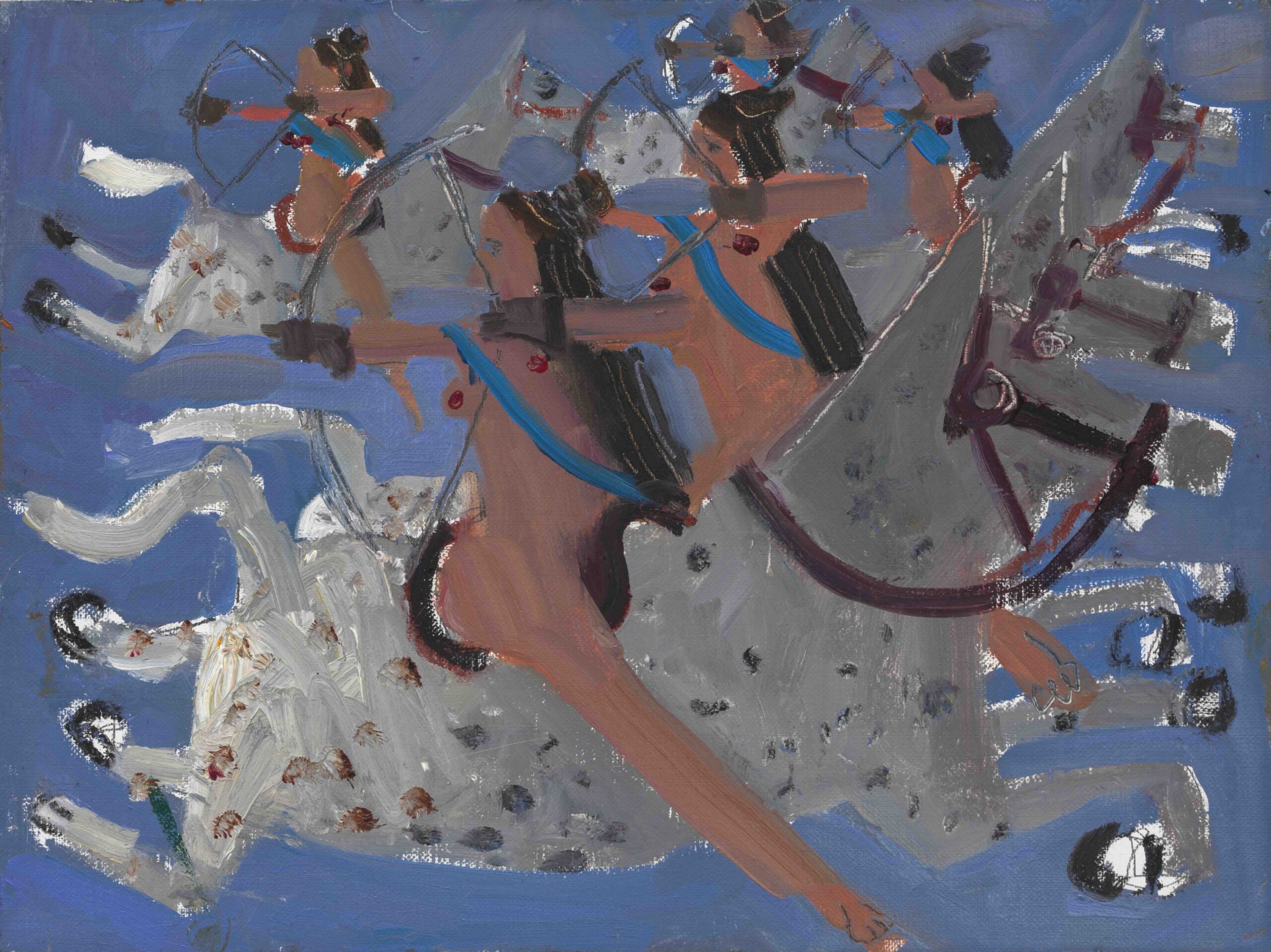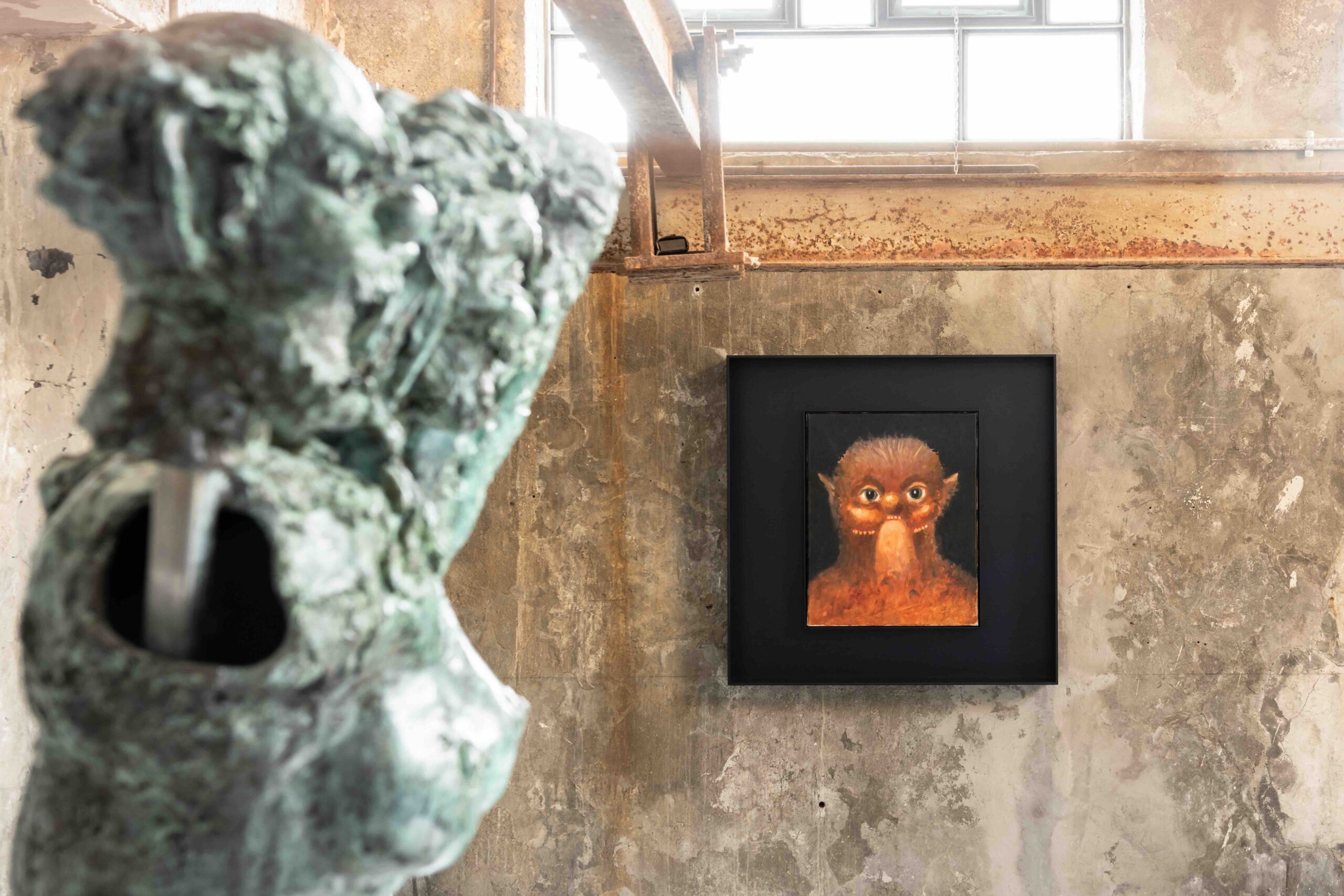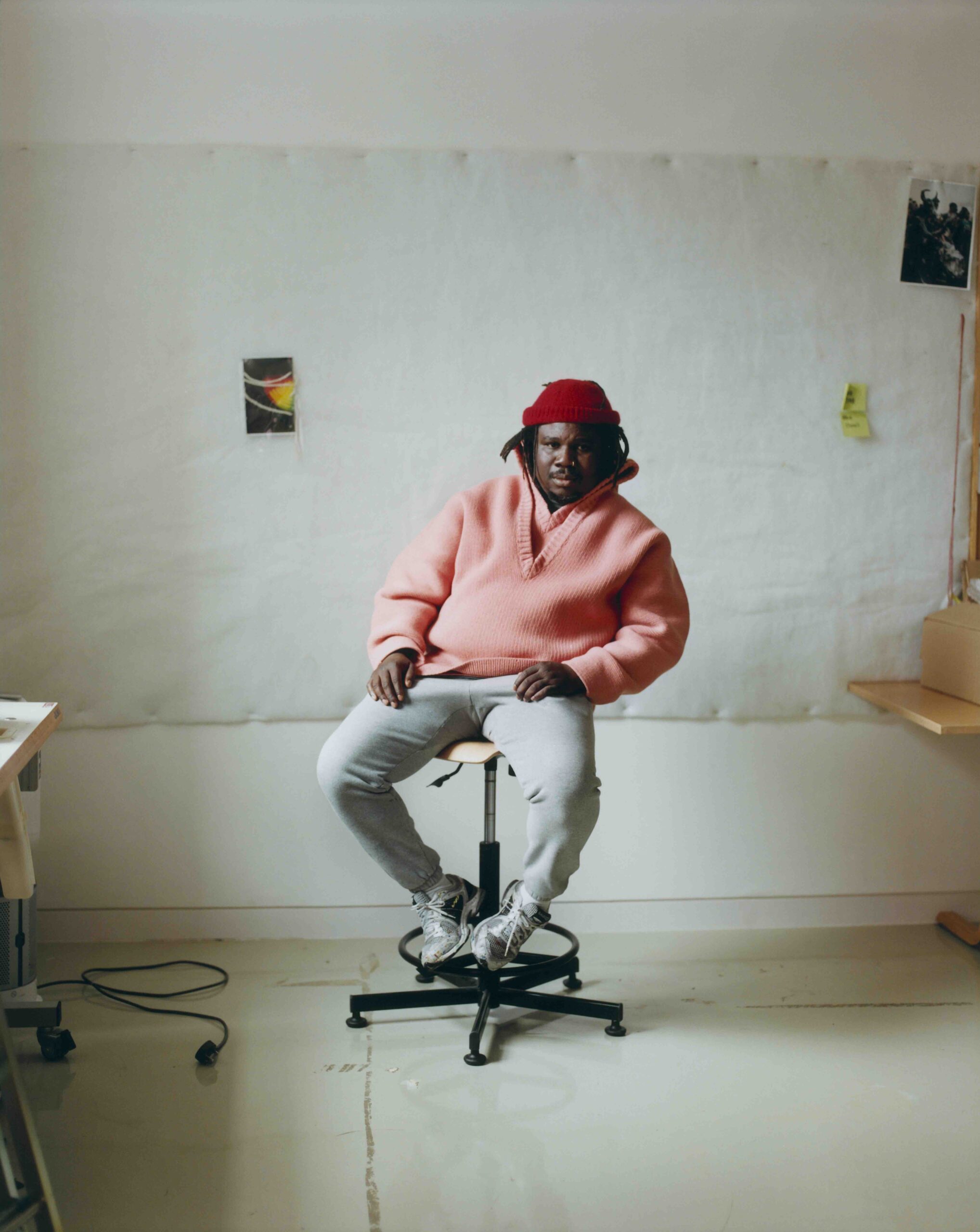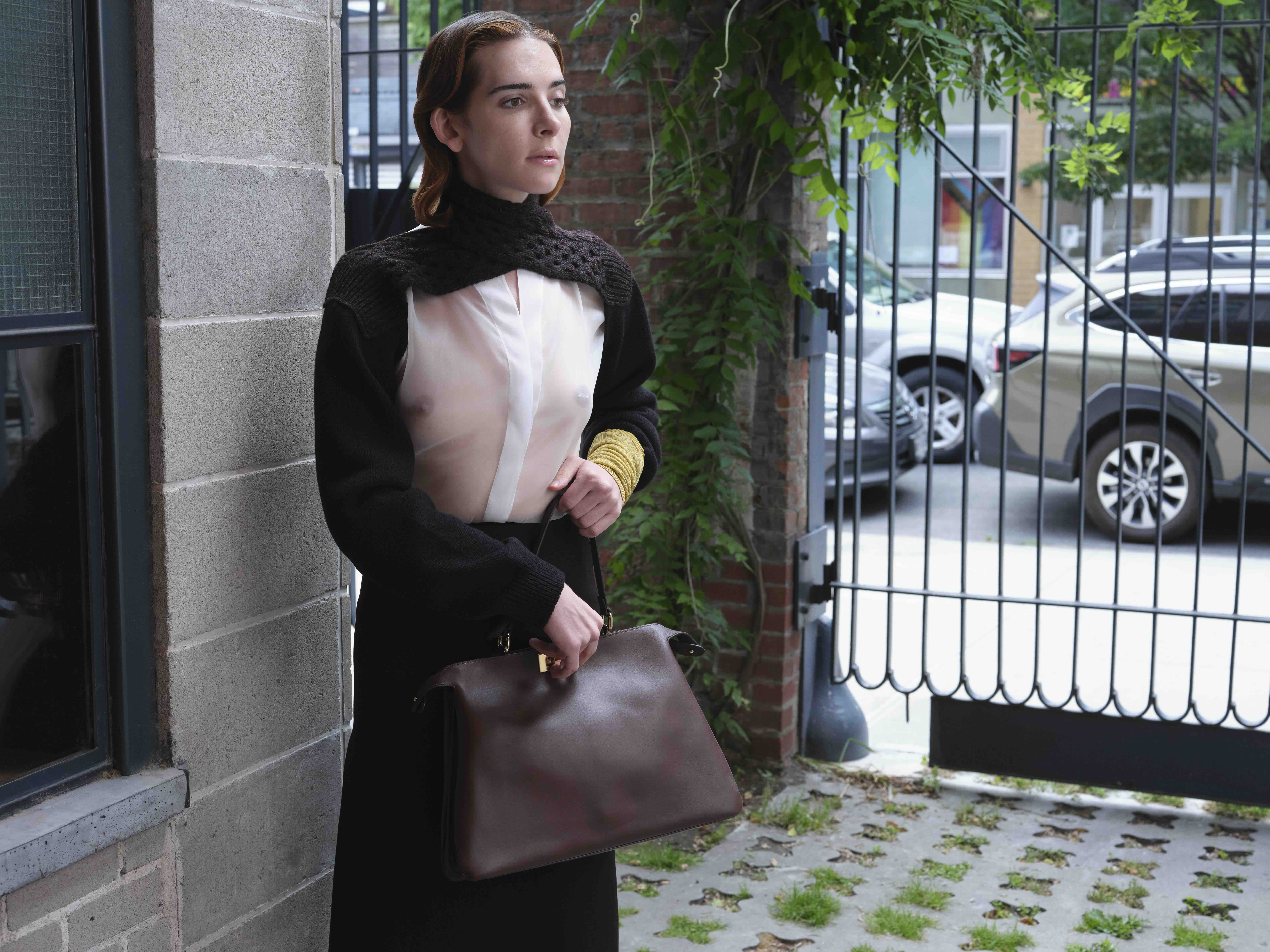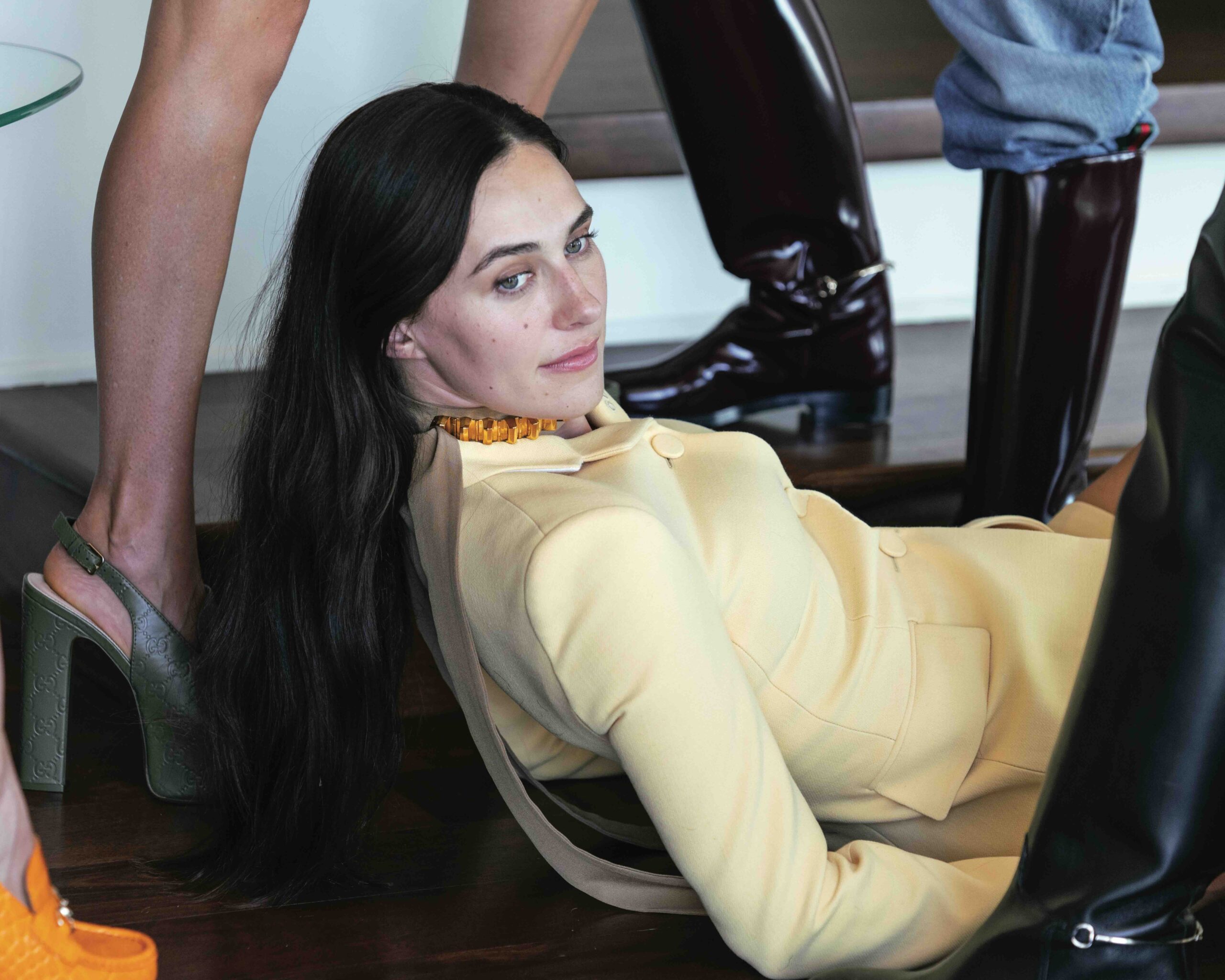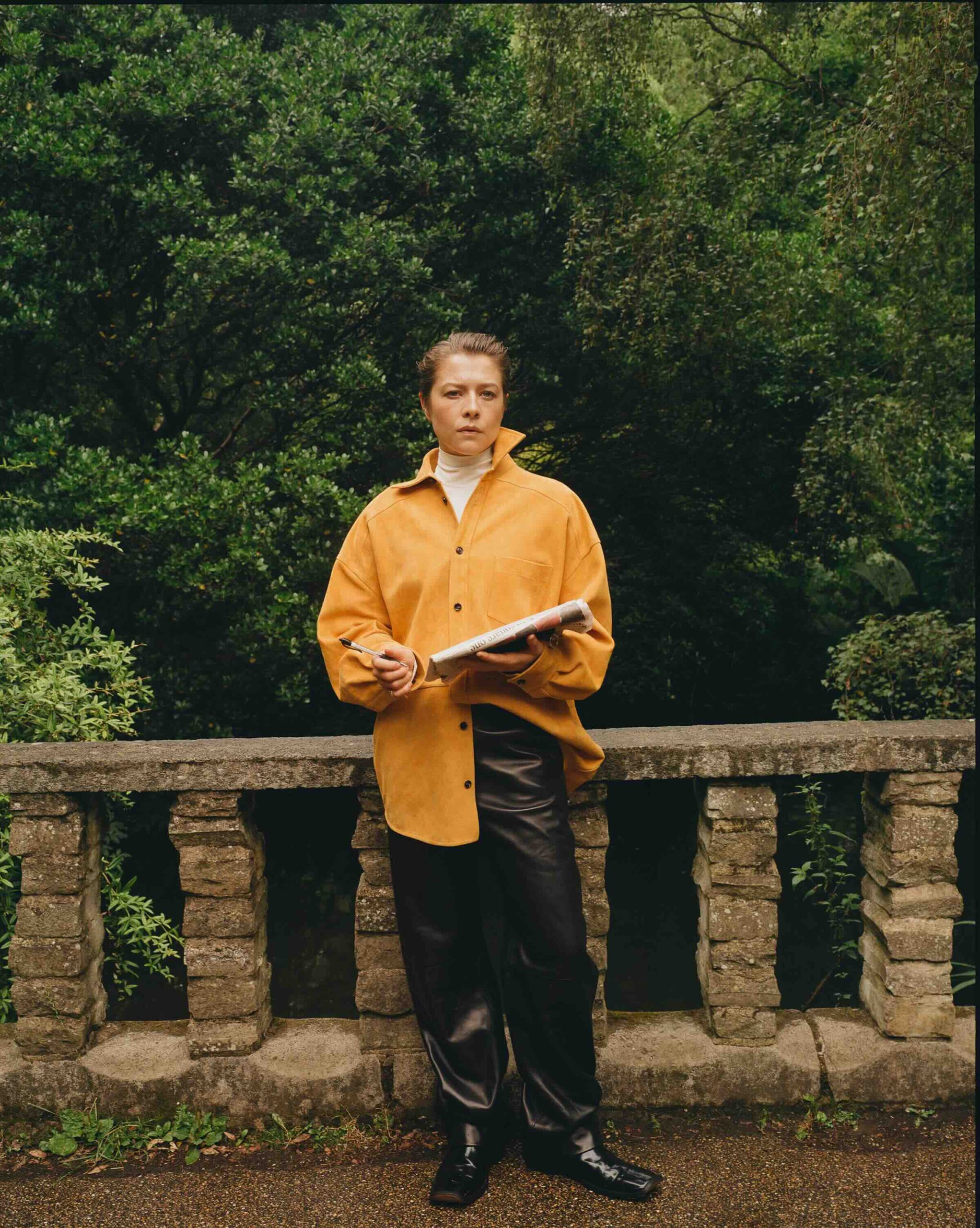New York, November 20th, 2023
KYLE STAVER IN CONVERSATION WITH BILL POWERS
Since graduating from Yale’s MGA program in 1986, Kyle Staver has become hyper emerging. She counts Carroll Dunham and Trey Abdella among her legion of collectors. In 2018 the critic Roberta Smith writing for The New York Times observed: “Her figures, which are nearly life-size or bigger, are usually seen in midair — where the gods mostly dwell — and their levitation itself is exciting, often tinged with lust.” Death and the Maiden, Goldilocks, Salome: Staver finds the humor among the absurdity of such classic stories to imagine them anew.
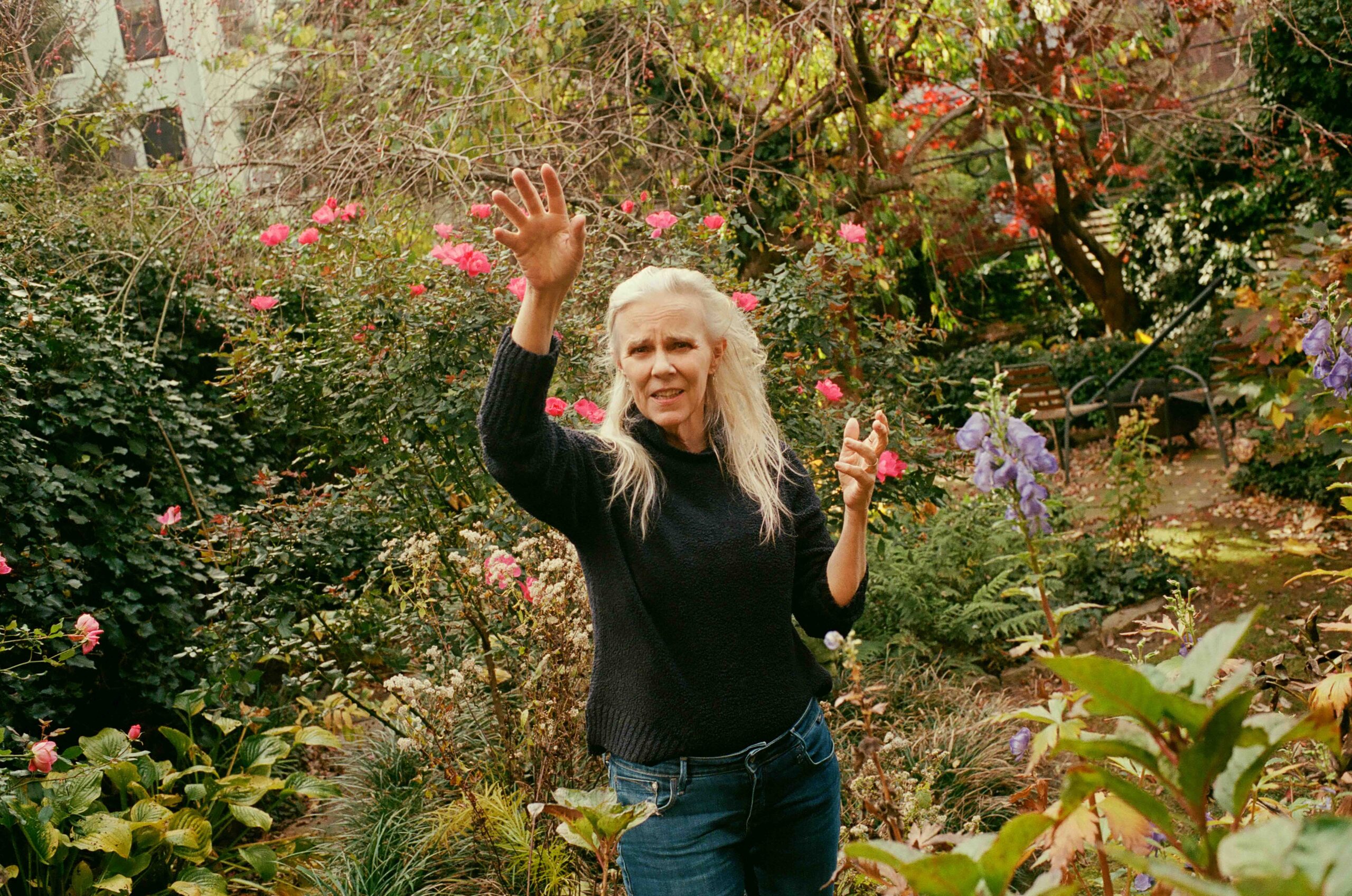
BP What was the art world like when you graduated from Yale’s MFA program in 1986?
KS Peter Halley was the cat’s pajamas. Cool was hot. And it was all male.
BP Was Yale a good experience for you?
KS Yale was terrible, but I learned a ton.
BP Was the American Morandi teaching there while you attended?
KS William Bailey? Yes.
BP I remember John Currin saying that Bailey hated his work.
KS Oh, come on, that was just his modus operandi.John made very different paintings back then. He was a beautiful painter.
BP And were you making mythological paintings at Yale?
KS I still have a couple upstairs and they’re awful. I can pull them out if you want to take a look.
BP So what made you think you could be a painter?
KS I started off as a sculptor. I studied with Siah Armajani. I thought I was Jackie Ferrara or Mary Miss, well, those were the artists I wanted to emulate. I was making sited work. I had people helping me put them together.
BP How did you even know who those artists were?
KS It was just in the air.
BP I don’t believe that. Where did you grow up?
KS I’m from Northern Minnesota and if I had stayed there, yes, I’d probably be making reindeer sweaters. Now don’t get me wrong, they can be beautiful, but there’s no painting culture where I’m from.
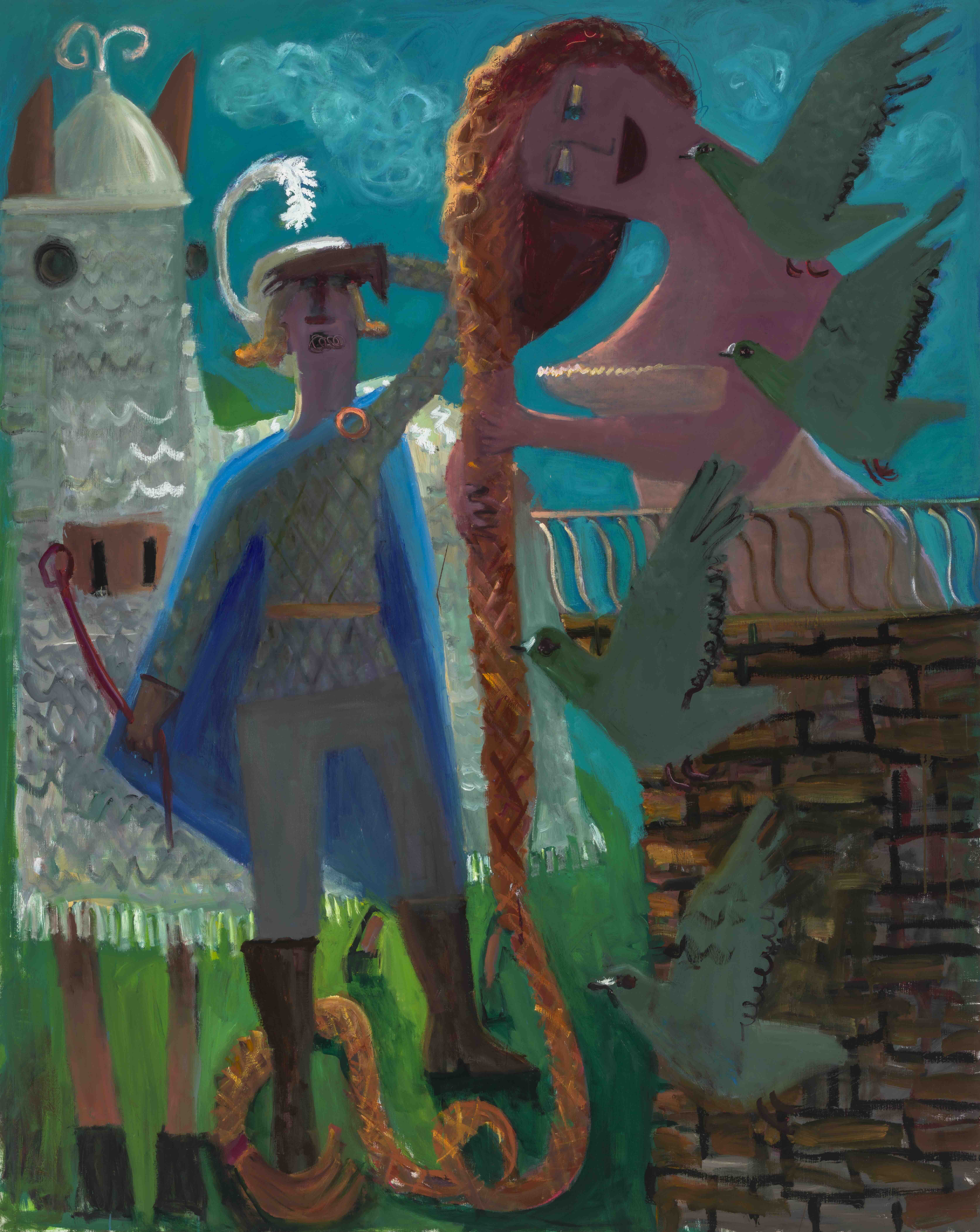
BP So what was that moment of conception for you?
KS I went to an all-girl’s boarding school outside Chicago called Ferry Hall. And there was a woman named Mrs Moses and she said, “I know what’s wrong with you. You’re an artist.” And I was like, “Who me?” I think she could tell I didn’t know how to digest her comment. She’s said, “It’s okay. Art is a whole world.” Changed my life. Before I got to the school I was making little doodles all the time, but I had never conceived that I could make a life out of that. They took me to The Art Institute of Chicago on a field trip. We all filed inside wearing our school uniforms and this guy pulled down his pants to flash us. The teachers didn’t know what to do so we had to go back out and wait on the bus for a while. But the museum itself was a revelation. The exhibition was Renoir. Prior to that, the only art book I’d ever seen was this big gold Dalí monograph.
BP That’s so funny because Jeff Koons says that was the same book on his parent’s coffee table growing up.
KS The minute I’m about to throw Dalí away, I’ll come across something extraordinary. He was – for me – the first self-invented artist, you know, with the moustache and exotic animals. It wasn’t enough that he painted. There had to be a story. His shtick isn’t that interesting to me, but his work is.
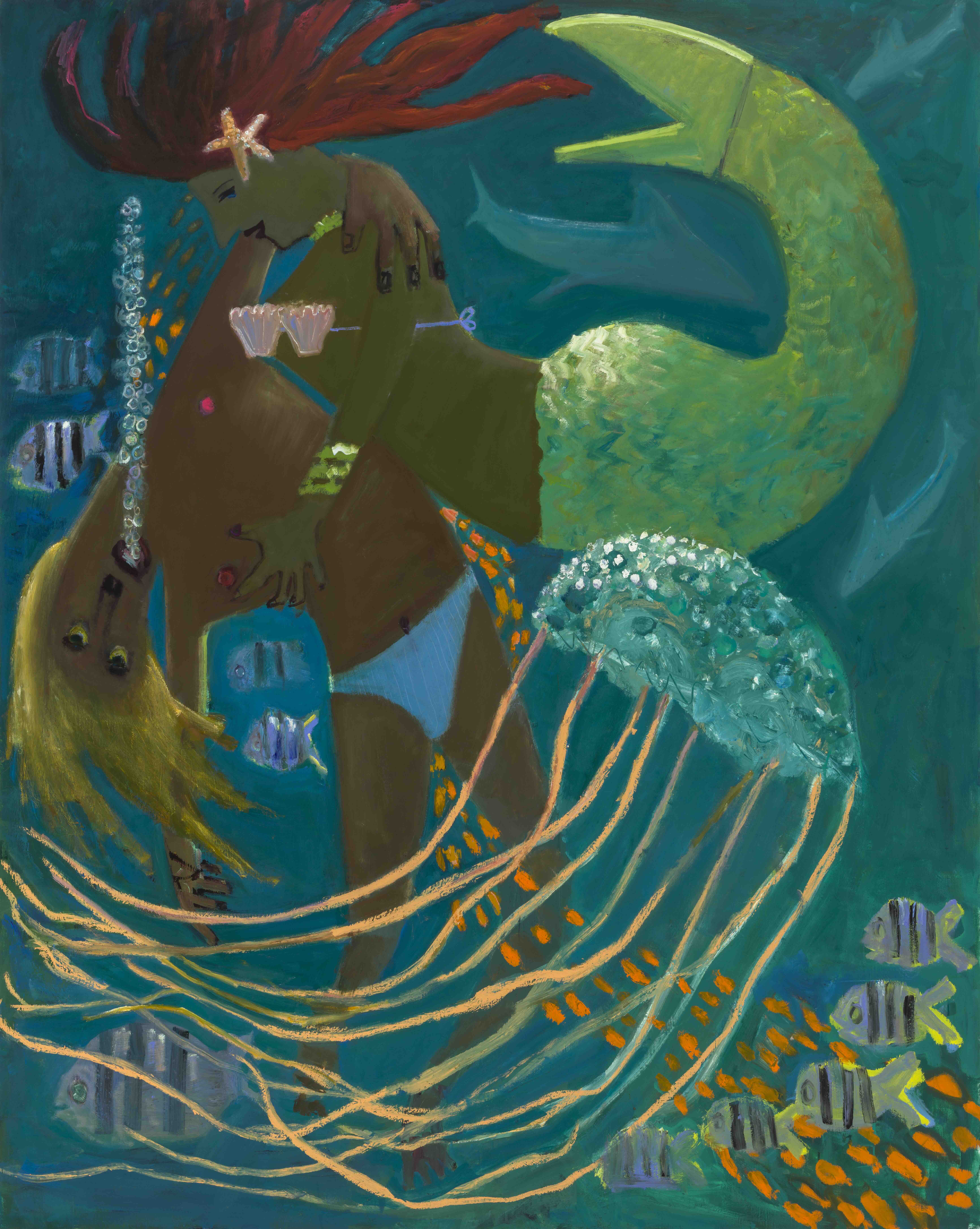
BP How did you decide on myths as your primary subject matter?
KS Growing up, Edith Hamilton was my main read- ing source. She wrote Mythology. It was so much drama. My family had a Steinway piano that no one ever played. I took lessons for like ten minutes. But I used to sit at this piano and get lost in some fantasy where I was performing at Carnegie Hall. I couldn’t play a note.
BP You painted after grad school for 30 years without really having a market for your work. How did you sustain that?
KS My husband is an economist and understands the world in numbers. For me the world has always existed as images.
BP How did you get so good at backlighting figures?
KS I think because the paintings are invented they come inside out, meaning I close my eyes and that’s how I see them: imagined light. To have a figure backlit is theatrical, operatic.
BP You paint with almost exclusively flat brushes. Why is that?
KS I think it keeps you honest painting with flats. You can’t muddle. Once I’ve got a round brush in my hand it’s like I’m about to conduct Beethoven or something. I can be fooled by a glorious line. With flats you have to put it down.
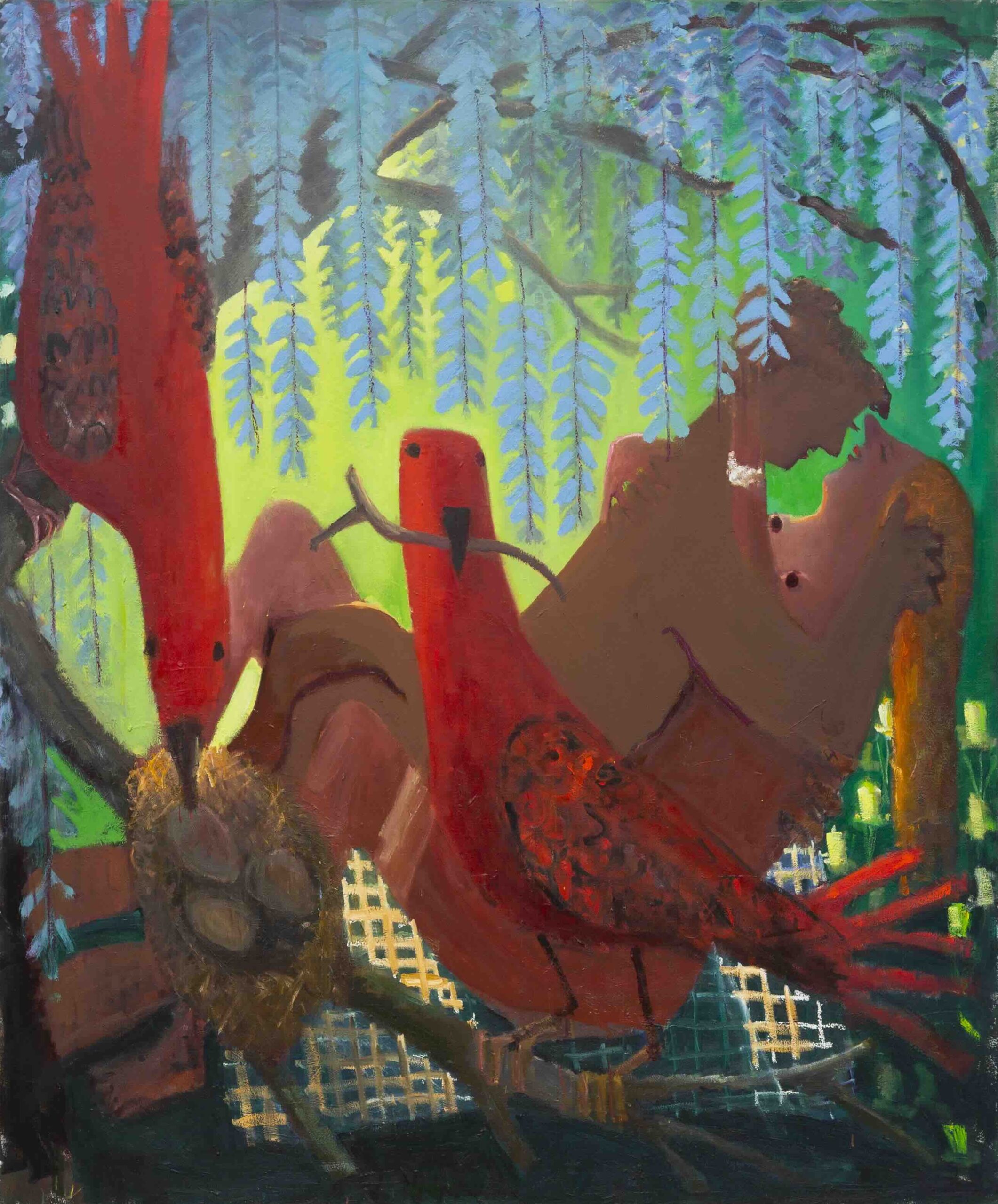
BP What’s a good trick in painting?
KS Just wipe it out. I’ll be finishing a painting and it’s not working so I’ll wipe out a section and it’s 72 times better. The range of possibilities opens up again.
BP Tell me about the new painting of the woman with the blindfold.
KS That’s Justice putting a little blindfold on her was heartbreaking. I love the bow just off to one side. It’s like that piece of string in the painting of Olympia.
BP Why are there eagles holding up her cape?
KS Eagles are always on coins along with virtues like justice. It felt very American.
BP I remember Carroll Dunham saying he often gets more out of an animal’s expression than he does humans.
KS I consider the inclusion of animals in a painting almost like a witness for the defence. Animals don’t lie. If I have an animal behaving in a painting you are going to believe me.
Read the full interview on Muse February Issue 63.
